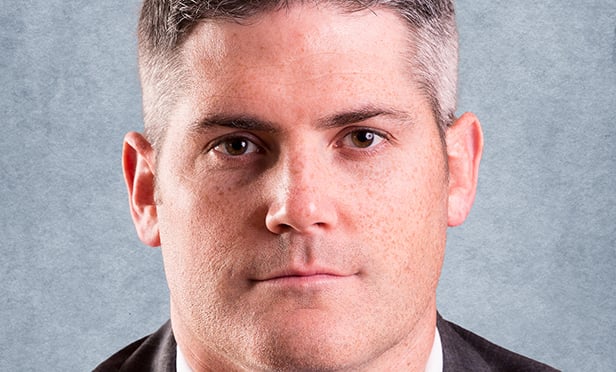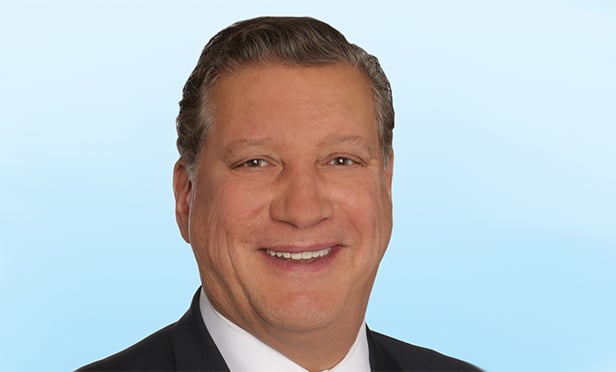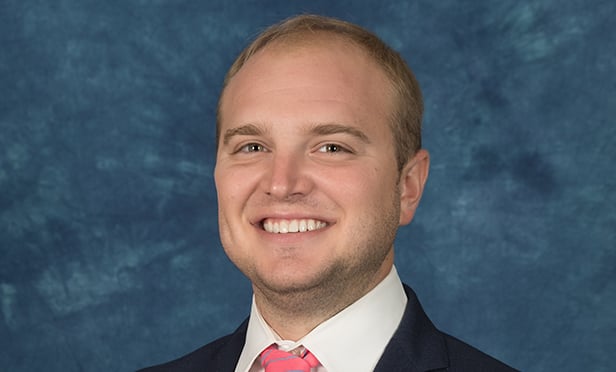NEW YORK CITY—The statistics are staggering when you think of it, and the impact those numbers imply are even more so. But according to Mohnish Pabrai, in his book The Dhandho Investor (John Wiley & Sons, 2007), Asian-Americans (natives of India) constitute only about 1% of the US population. Indeed, as a group they make up a small piece of the American pie. So here's the staggering part: The Asian-American community as a whole is a dominant force in the overall hospitality market.
According to the Asian-American Hotel Owners Association, its membership represents nearly $130 billion in asset value, including such names as Hersha ($1.7 billion in assets) and Noble Investment Group (more than $2 billion in mostly upscale select-service and extended-stay branded hotels).
The growth of the Asian-American community from roadside motels to mainstream hospitality has been “an evolution,” says Jaimin Patel, a Tampa-based vice president of Hospitality Real Estate Counselors (a GlobeSt.com Thought Leader). “It was in the '60s when they migrated to the country, coming in mostly as roadside motel operators.”
Ketan Patel, HREC's Washington, DC-based senior VP, says the motel business not only offered fewer barriers to entry but provided instant family housing, and so a ready workforce. Over the years, the community expanded its scope to select service.
Jaimin puts the current ownership percentage by AAHOA members at roughly 40% of the US stock. “The sweet spot in this category has been the select-service model, without elaborate high-end restaurants or meeting spaces,” he says.
But the evolution of the Asian-American community as hoteliers continues, and Ketan notes that many players in the current generation are turning their sites to full-service assets. “It's happening slowly but steadily,” he says. “The second generation is more progressive and educated about the market and more willing therefore to expand their scope and capabilities.”
Diversifying Portfolios
The third-party investment side is no less progressive, and the Asian-American community is increasingly diversifying their equity to investments outside their operational portfolio. “Historically, Asian-American investors were operators solely,” reports Ketan, “putting in their own money and running their own show. More recently the next generation seems more willing to become third-party investors.”
The two vice presidents report that the next generation is looking beyond what has been their typical investment play to “more of the institutional grade assets; they're looking to buy and develop more of the Hilton- Marriott- and Starwood-grade assets.”
Development is next on the agenda for many Asian-American firms whose first generations had focused on operations. While Fitch Ratings recently reported a potential overbuilding situation for certain hotel sectors, Ketan Patel indicates that development comes at a natural point in the upcycle.
“The last two or three quarters,” he says, “we've seen the development cycle start again. Small and medium companies are able to get financed through community banks while larger groups are looking for—and obtaining—mainstream financing.” Fitch says the overall supply is expected to grow 1.1% in 2014.
The coming year is expected to bring a continuation of the growth we've seen in all sectors: operations, third-party investment and development, says Jaimin and Ketan Patel. “We're seeing this community changing fast in the sense that they've gone from small roadside operators to large investors and owners and developers,” concludes Jaimin.
Growth, institutional access and success through diversification. That's the Asian-American way.
© Touchpoint Markets, All Rights Reserved. Request academic re-use from www.copyright.com. All other uses, submit a request to [email protected]. For more inforrmation visit Asset & Logo Licensing.







